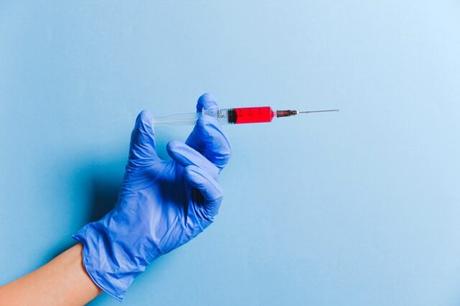
Gloves are not the newest fashion statement. They are one of the many safety measures people are taking to protect themselves from the spread of the coronavirus. While there are no safety substitutes for staying indoors, you may find yourself in a position where you have to step outside. Whether you need fresh air, a trip to the grocery store, or to pick up medication, sometimes you have to find other ways to stay safe because you have basic needs to meet.
The next best thing is to throw on a pair of gloves, keep your mask on, and keep your hand sanitizer on standby. But just how effective are these gloves against the virus, and when we really have to go out for a moment, are there better methods we should be using to stay safe? Here is all you need to know about safety gloves and where they fall in terms of keeping us protected during the pandemic.
Vinyl Gloves and Alternatives
To deter you from wearing gloves, like vinyl glove you should know that gloves are manufactured in large packs with high risk of cross-contamination. The packs themselves are not sterile either. Latex gloves are more likely to cause irritation and allergic reactions that could lead to scratching and open wounds, which is just asking for further contamination to commence.
Although nitrile gloves were created to compensate for the lack of allergic protection in latex gloves, the low allergy rates are not enough to glaze over the fact that the material can still be punctured.
Now, while it is true that the synthetic polymer material makes puncturing more difficult, these gloves are not a perfect alternative to latex or other disposable gloves. You still want to wear these gloves for a limited amount of time and avoid reusing them. Vinyl gloves are made to be worn for brief periods, typically five minutes or less.
Allergic reactions are rare, and they are not very effective at protecting against chemical exposure. Low-risk tasks involved in food preparation are the most common environments where these gloves are being used. Nitrile gloves are the most popular glove choice because of the synthetic material and the subsequently reduced likelihood of allergy factors.
The Problem with Gloves
The very repetitive and selfless job of wiping down carts is now essential for retail and grocery workers across the country. We see cleaner and rags as our first line of defense against the virus. We think that the chemical breakdown of germs and bacteria living on shopping carts and baskets will be enough to keep us safe. Deep down, however, we know that these two-second wipe downs offer very little (if any) protection against the coronavirus, but it makes us feel better to know that we are doing something to reduce the spread of infection.
The next line of defense (or so we think) is the pair of gloves we've brought with us to conduct our weekly shopping as safely as possible. Unfortunately, the truth is that it's just as easy to spread germs wearing gloves as it is with our bare hands. Gloves pick up germs just like hands, so that means anything that our gloves touch could pass off the virus. The only protection we are sort of getting from wearing gloves is protection against fluids and chemicals that directly contact the skin.
However, most gloves have microscopic pin holes that allow germs to seep through the thin material and contaminate whatever they touch. That includes our hands. Gloves have a false barrier, and it's nearly impossible to go without touching our faces, even by accident when we are wearing our gloves. Without endlessly washing, rotating, and removing our gloves in complicated, contactless ways, they're not doing us much good.
What to Do Instead
The best ways to protect yourself and others are by washing your hands often and keeping your hands away from your face as much as you can. Handwashing is the more hygienic choice because you can easily clean your hands as the day goes on. It is much less hygienic and more time-consuming and complicated to switch out your gloves over and over.
You also don't have to worry about replacing torn glove material or worry if your gloves have been punctured when you stick to handwashing. Just use soap and warm water and keep your hand sanitizer nearby whenever you're not near a restroom.
If You're Putting Your Foot Down
If you're still set on wearing gloves, and you're not budging, then at least consider the most effective options. When used correctly, disposable gloves are the best option for separating yourself from contaminants because they can (and should) be thrown away immediately after coming in contact with surfaces.
Remember to wash your hands after you throw them away to protect yourself against any contaminants that may have seeped through the thin material. Disposable gloves are also the best option for handling any bodily fluids when caring for someone who is sick. Should your gloves come in contact with mucus, saliva, blood, or other bodily fluids, always throw your gloves out in a lined trash can. Never disinfect or think that it is safe to reuse these gloves after the fact.
The Fact of the Matter
The idea that gloves of any kind can truly protect you from the spread of the virus is comforting but completely unrealistic. Washing your hands frequently with soap and warm water, avoiding touching your face, and using disposable vinyl (but preferably nitrile gloves when necessary) is the best option to avoid contamination. We wish that disposable gloves and, really, gloves, in general, offered more promise than they do, but at least now you know that there are better ways to protect yourself. As long as you follow all of the COVID-19 safety guidelines in your area, including washing your hands, you're doing everything you need to be doing to keep yourself safe from harm's way.
